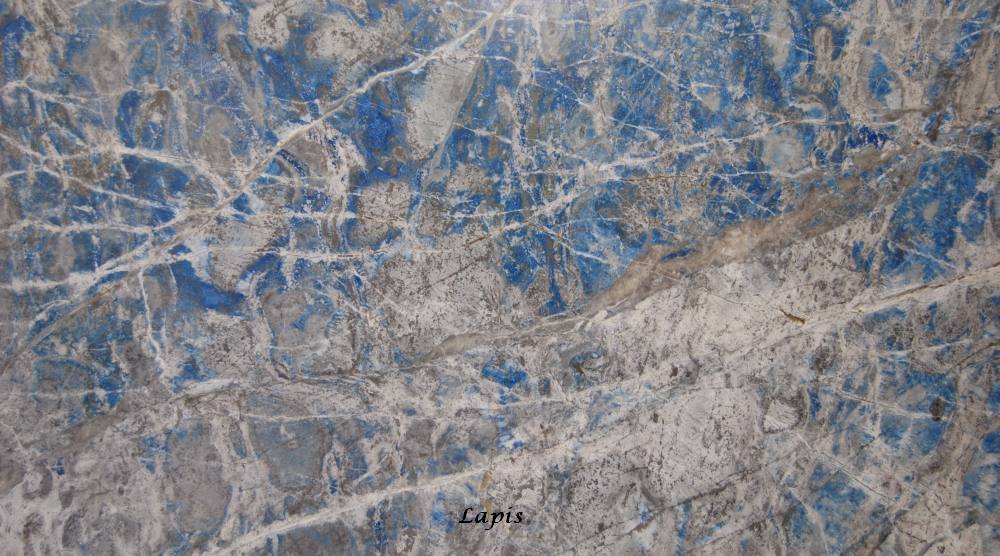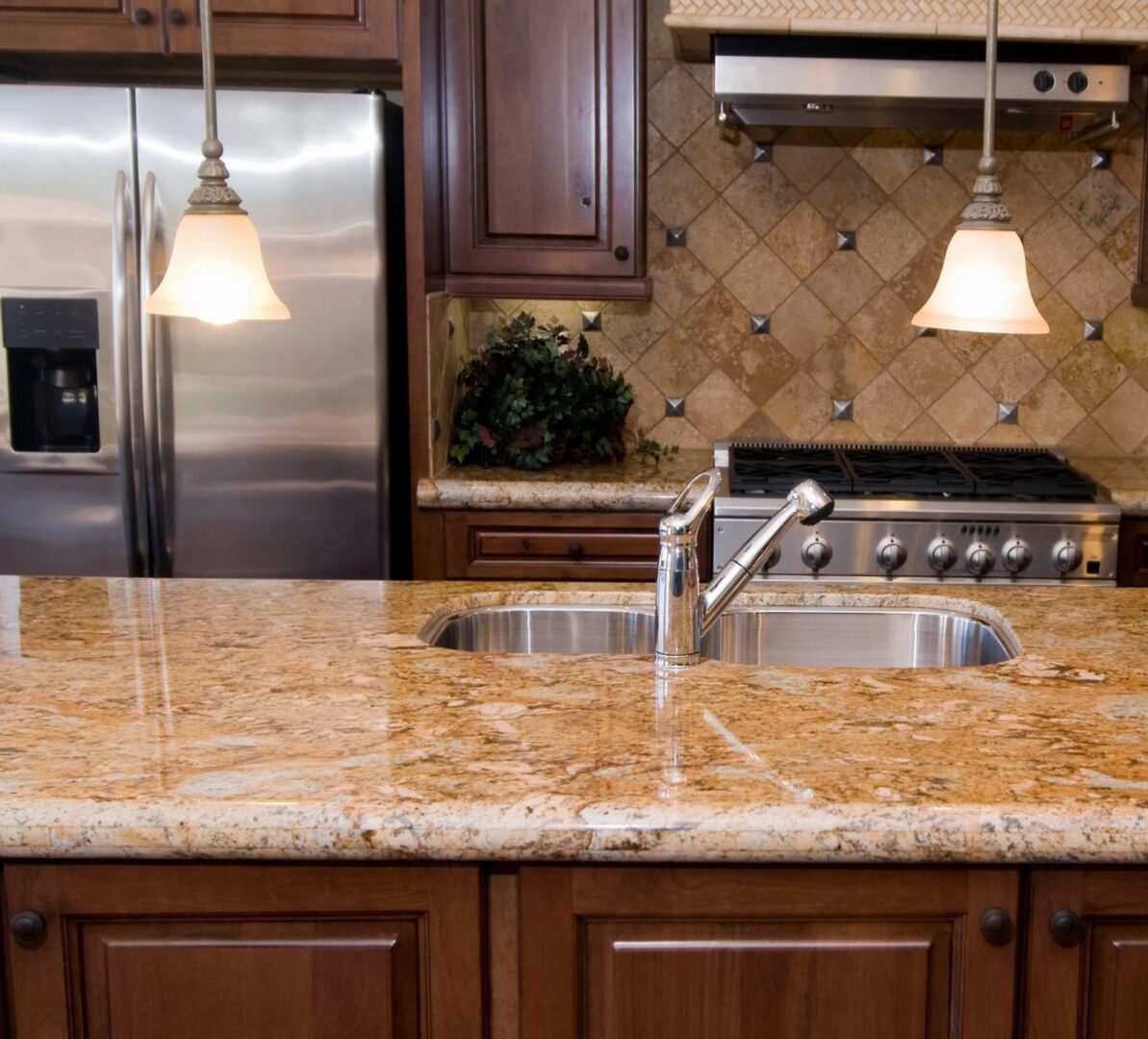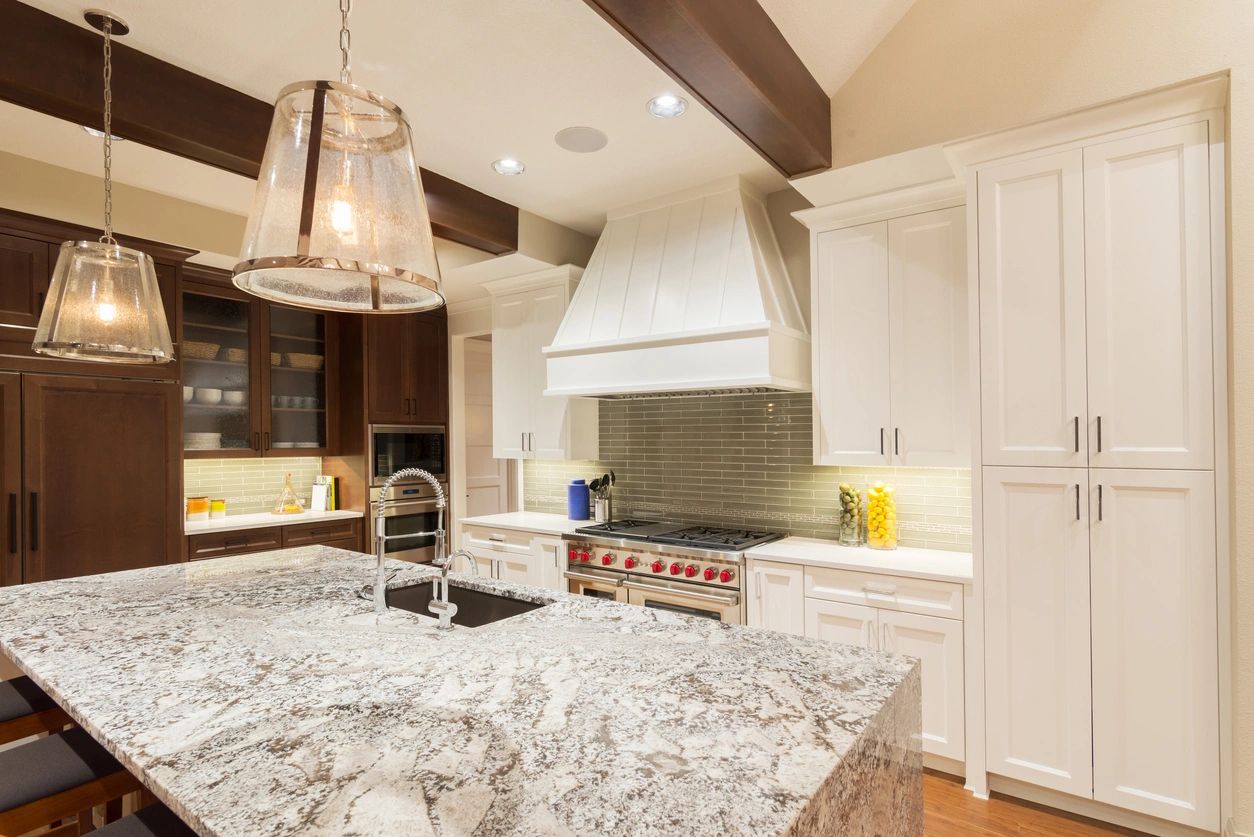Get to Know Your Stone
Cleaning granite countertops is easy, and you shouldn’t be afraid of them. To take care of granite countertops properly, one thing you need to do is clean up spills promptly, which includes cleaning oil and grease.
Daily cleaning can be done with warm water and a little bit of dish soap. For best results, use a microfiber cloth to buff dry. The microfiber cloth will remove streaks and keep your granite countertops looking great.
Using cleaning chemicals like Windex may be slowly damaging your granite and deteriorating the polish of the granite. Instead, use a granite countertop cleaner that won’t deteriorate your sealer, and that cleans without streaking.
For maintaining the high polish and adding an invisible barrier to help protect your granite countertops from fingerprints and smudge marks, use a granite countertop polish. Granite countertop care isn’t hard, as long as you know what not to use.
In general, most granites are not sensitive to acids, but that there is always the exception to the rule and that’s why you should always perform a test. Aggressive cleaners not only can damage your granite but can also deteriorate any sealer that’s been applied to your granite.
On the other hand, marble, limestone, and onyx; any of those softer shiny surfaces is recommended to not use any other cleaners except a cloth with warm water.
It is recommended to buy a cleaning product for that specific surface that you have. Because marble is a soft material, do not use any chemical cleaners such as Windex, fantastic, soft scrub, etc.
Some Care products can be found at any home centers.
Reseal Your Granite Surface
When to Reseal, Many homeowners don’t reseal until their granite starts to show stains. This is a mistake that can cause permanent damage. Instead of waiting to reseal your granite surface until you see spots of water or oil damage, seal your granite regularly to prevent these stains from ever occurring.
To keep your granite adequately protected, you will need to apply a granite sealer at least once a year. If your granite sees daily use, as many granite surfaces like kitchen counters do, the coating will wear off and leave your granite vulnerable unless you reseal it every six months.
Sealer Application Basics Start with a small area of about four square feet as you master the two-step application. Using your rag, coat the granite with sealer in a uniform layer that completely covers the area you’re working in.
This layer of sealant will penetrate deeply into the stone. Once you’ve wiped the area thoroughly, give the granite sealer about four to five minutes to absorb into the granite’s pores.


Finishing The Job
When your sealant is almost entirely absorbed and dry, apply a second, thinner layer. This layer will give you added protection on the surface, where your granite will see the most wear and tear. Complete this process until your entire surface, whether it is a floor or a countertop, has been sealed. Then, allow the sealant to absorb for at least a period of 1 to 2 hours before you continue with the job.
Finishing the Job Once you’ve done a primary seal of your surface and let your sealant fully sink in, come back to your granite countertop or floor and do another full application of granite sealer, using the two-step method described above.
This will leave you with a total of four layers of protection on the delicate surface of your granite. If you are sealing a surface that sees heavy use, you may want to go over your surface one more time. When you are done, let your sealant dry thoroughly, and then do a spot check to make sure your stone is fully protected.
Testing Your Seal
Testing Your Seal Before you walk away from your sealing project, do a small test to make sure your granite is sufficiently protected against stains. For your spot test, pick an area of your granite surface that is out of the way, so that if it does stain due to insufficient sealing, it won’t bother you in the future. To test your seal, spill a bit of water on the area. Leave the spill to sink in for thirty to forty minutes, and then wipe it up.
If the stone in the spill area shows no visible changes, the water was not able to impregnate the stone, and your granite is sufficiently sealed. If the stone darkens, it means the water was able to penetrate your sealant. Dry the spot to reduce staining, then apply another coat or two of granite sealer over the whole surface, let it dry, and test again. Repeat until your test spot wipes up clean.
We recommend the Bullguard Sealing System.
Call us directly and ask for more info.


